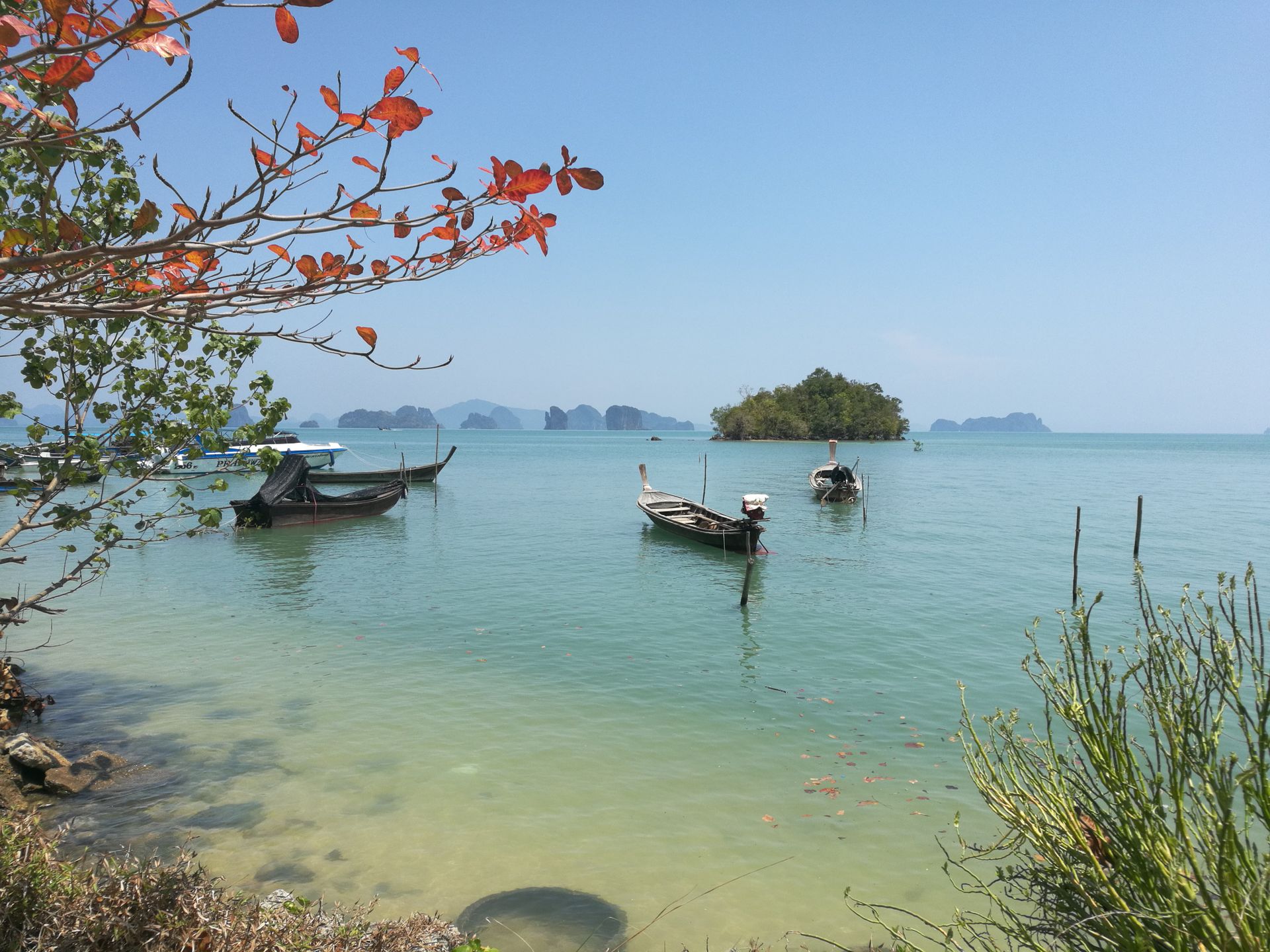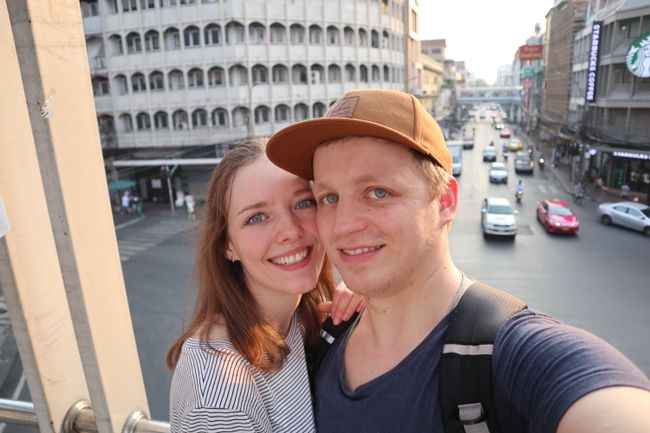#32: Look where the pepper grows
Објављено: 17.02.2020
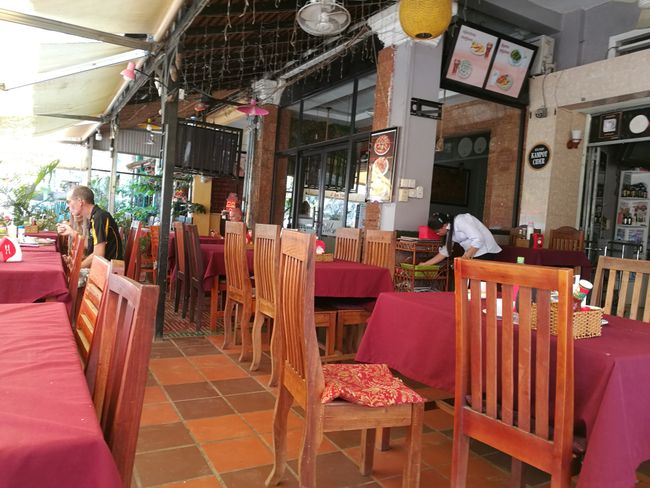
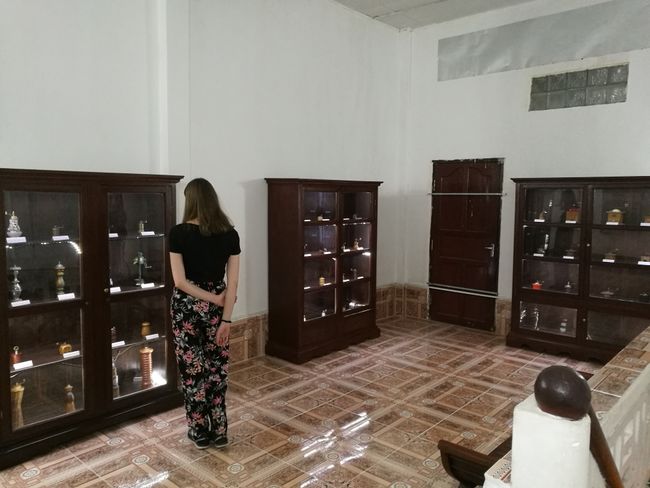
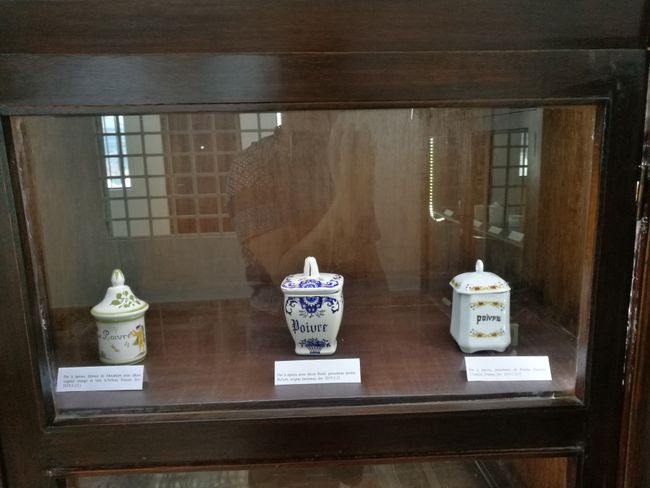
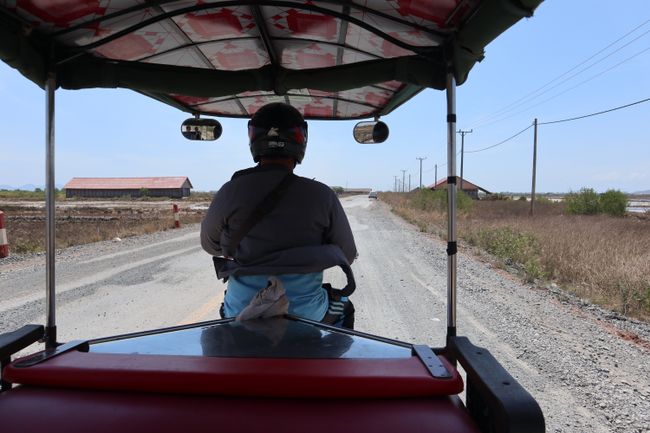
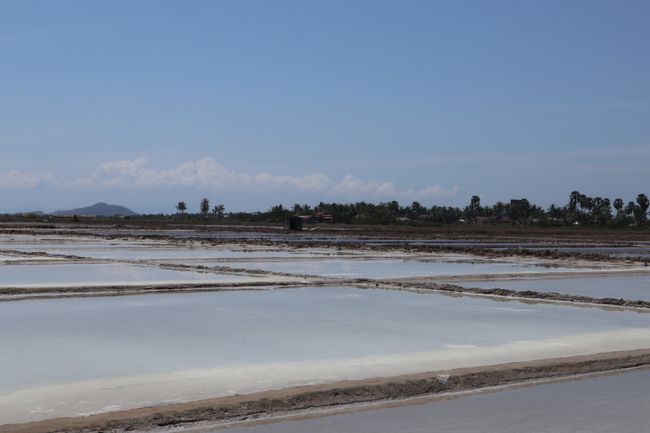
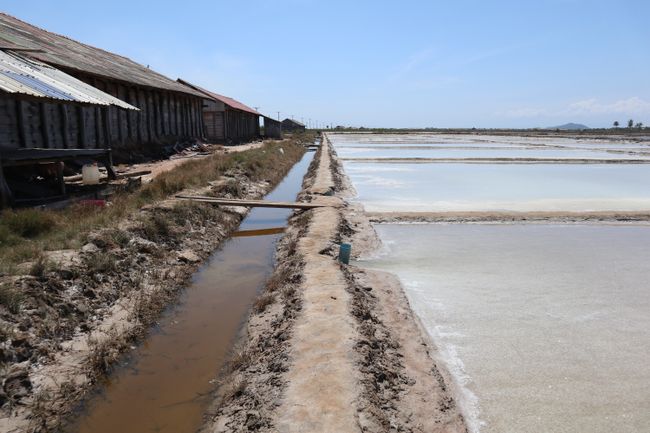
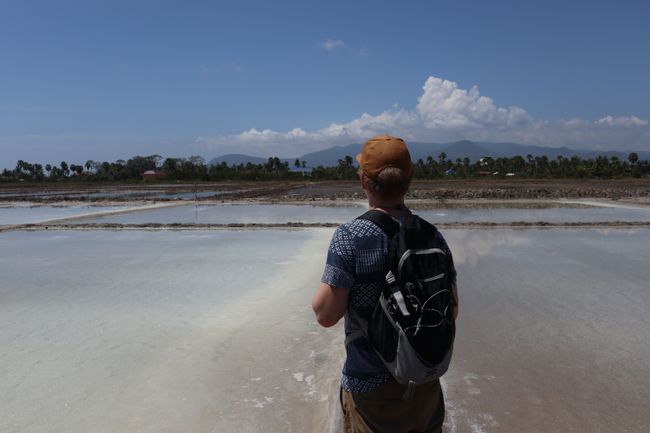
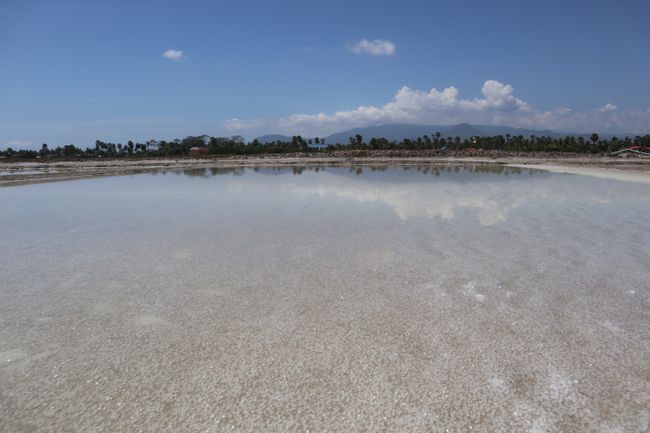
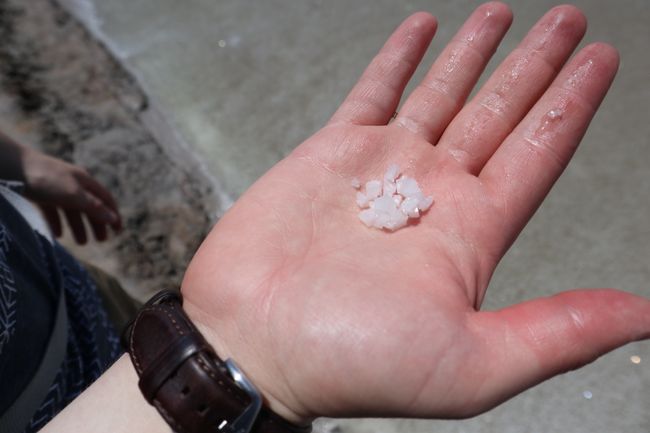
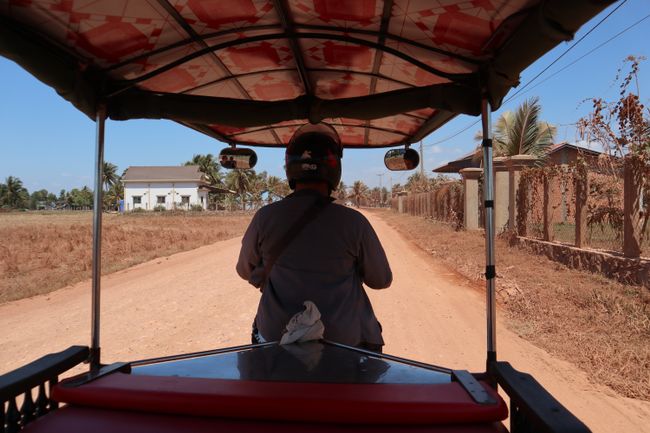
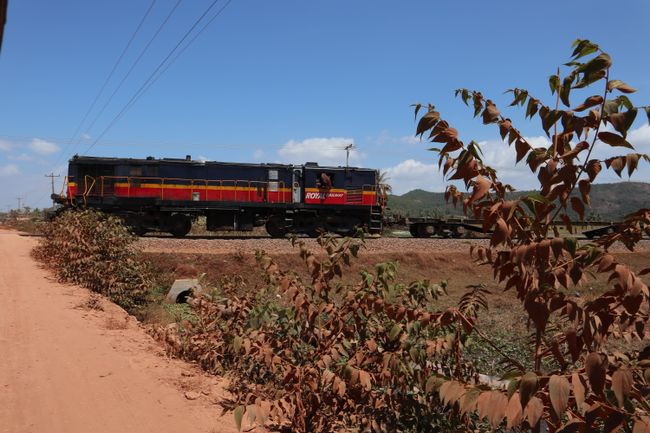
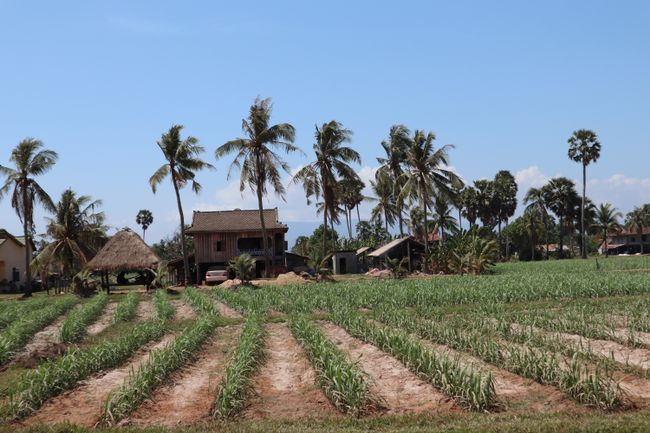
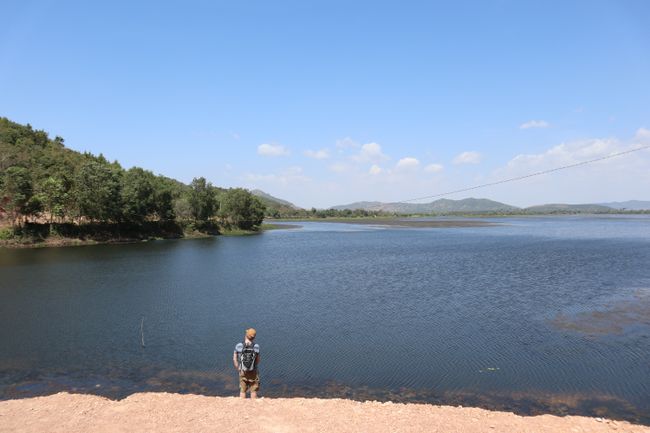
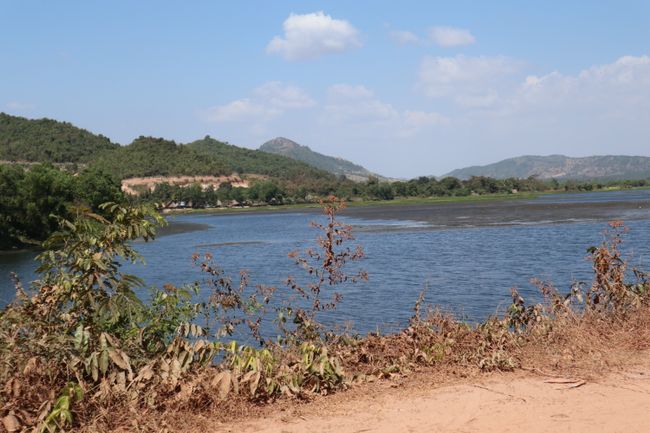
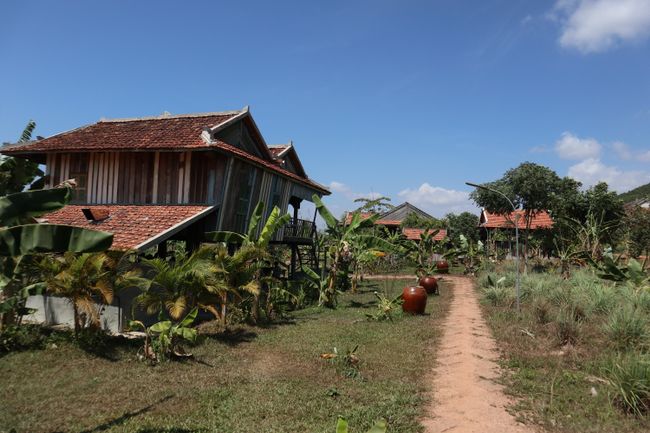
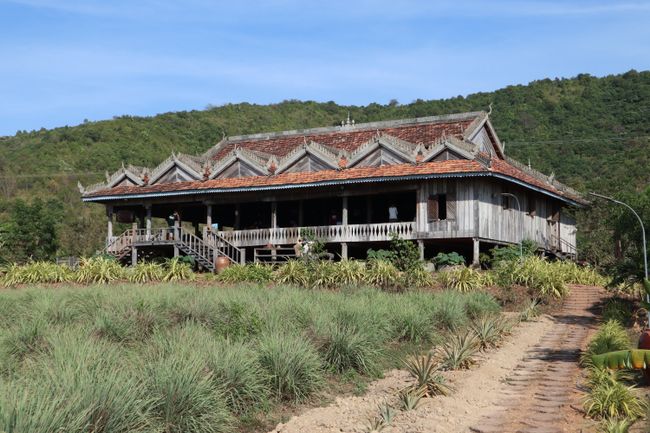
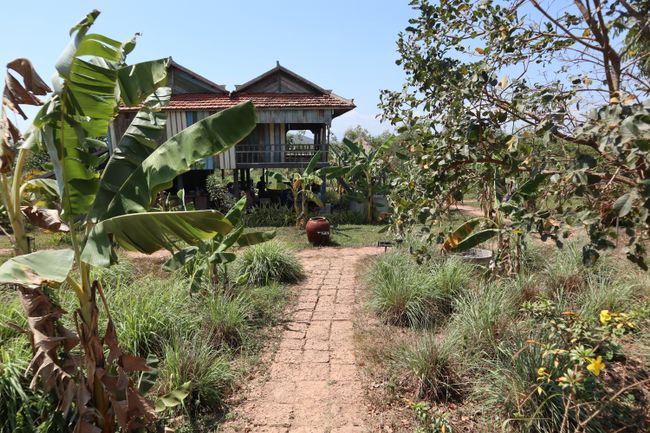
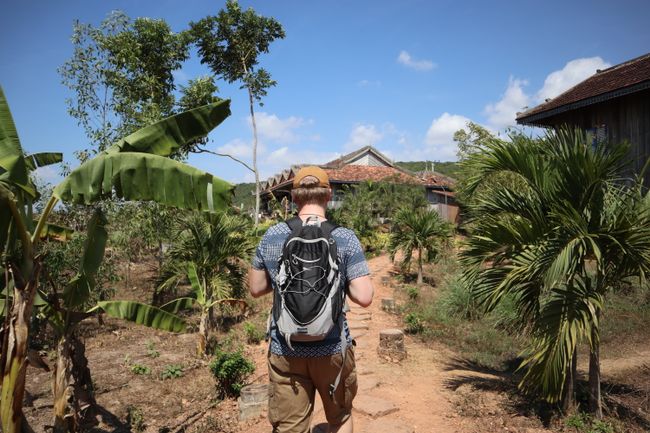
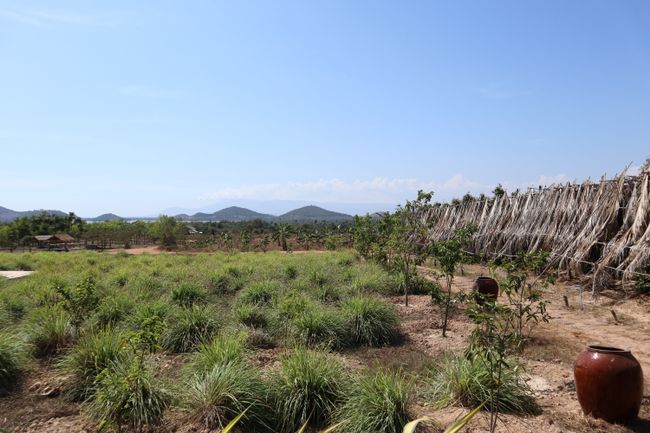

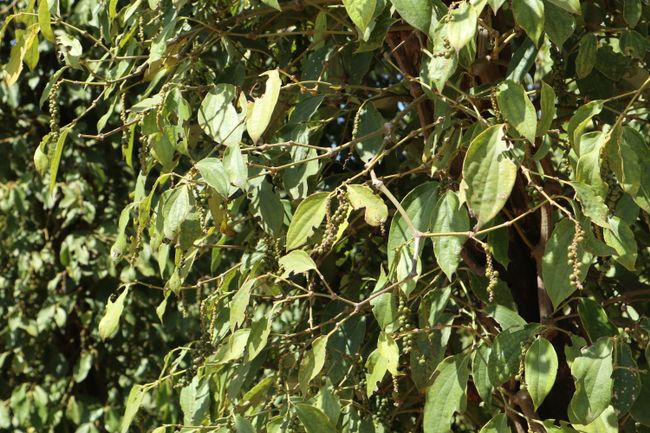
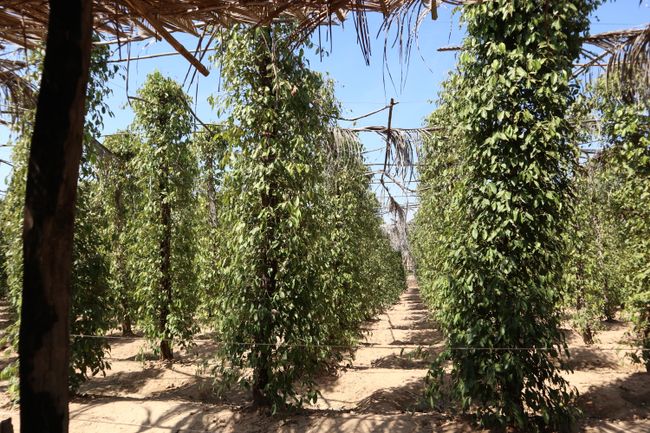
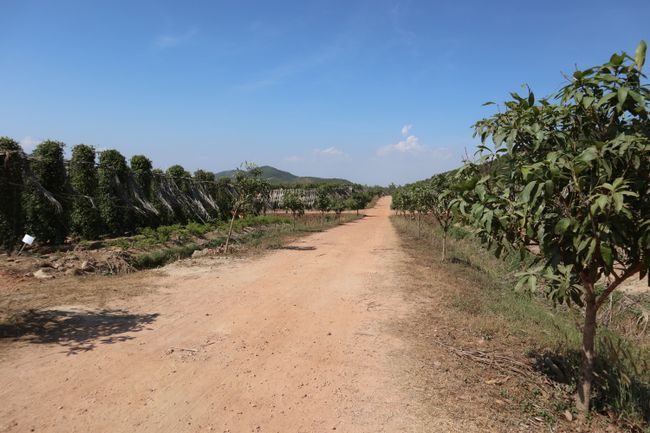
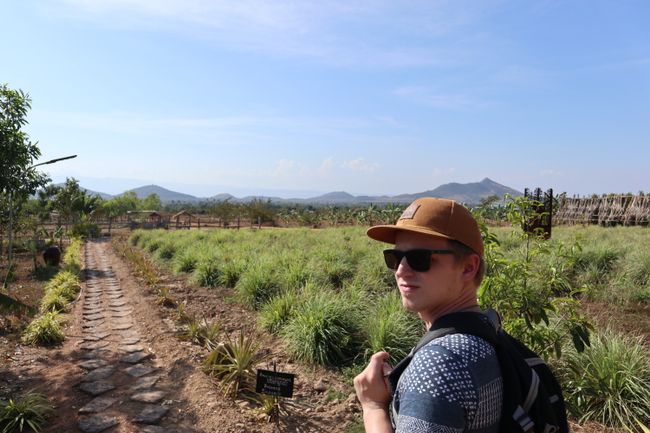

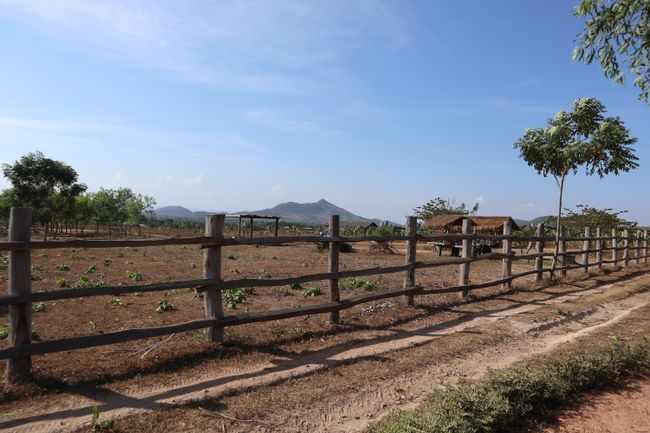
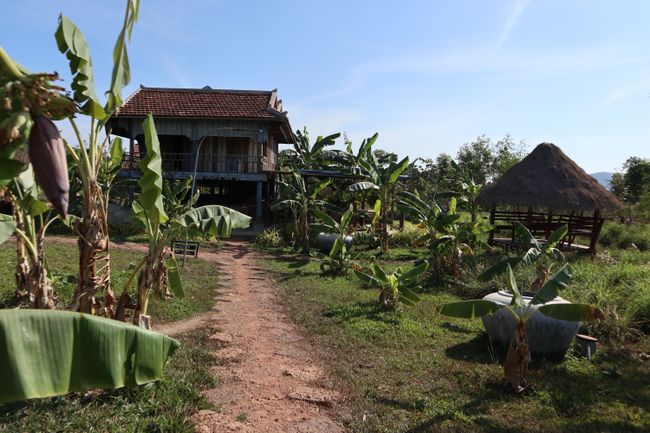
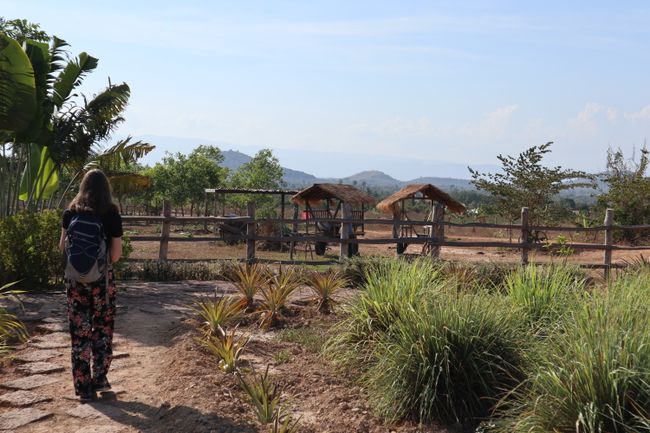
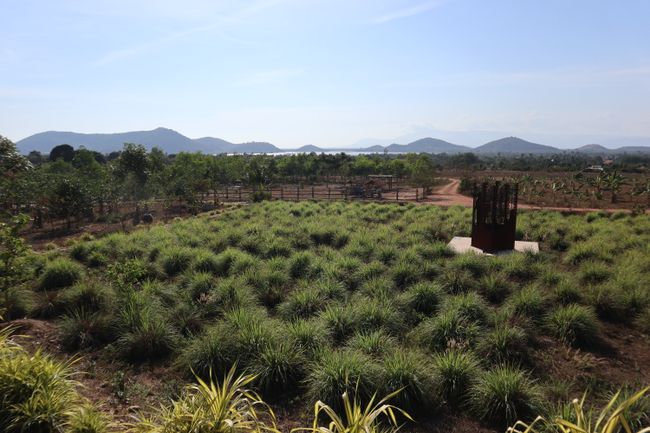
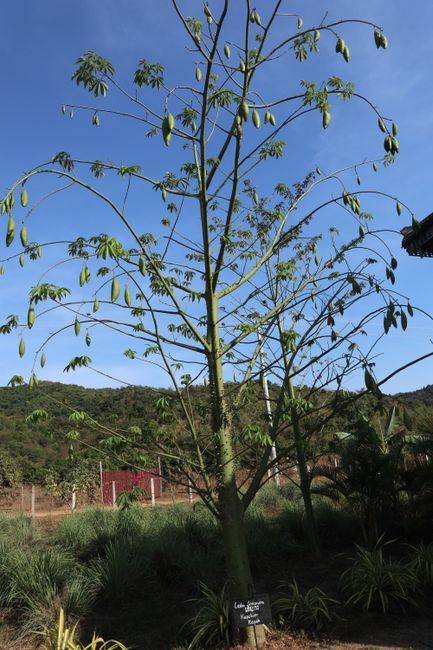
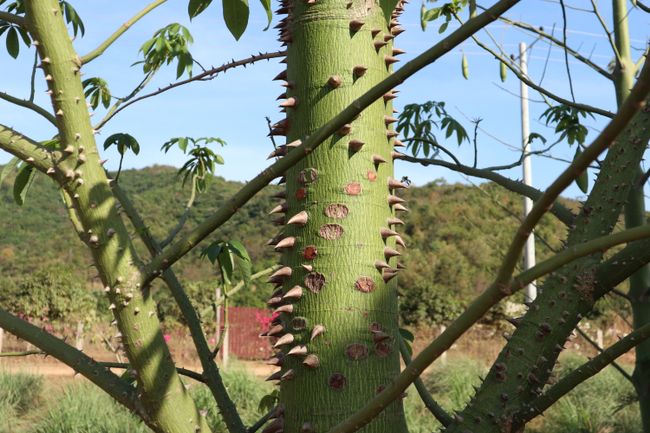
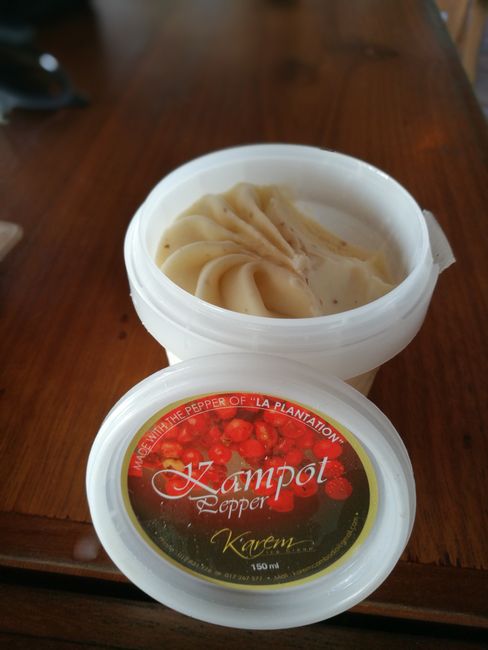
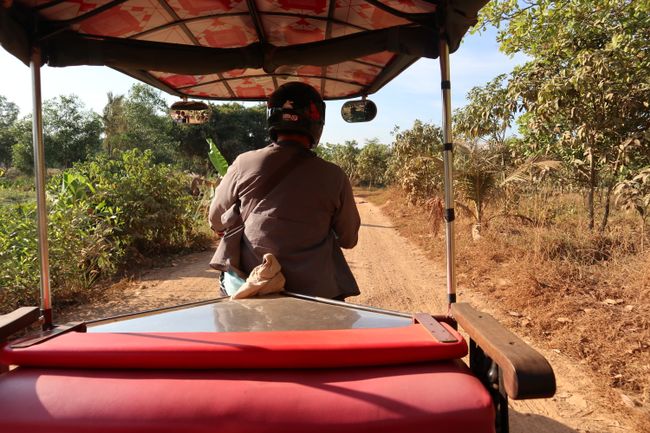
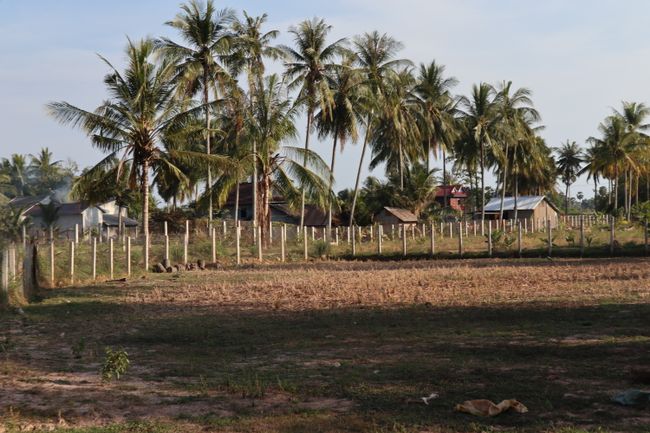
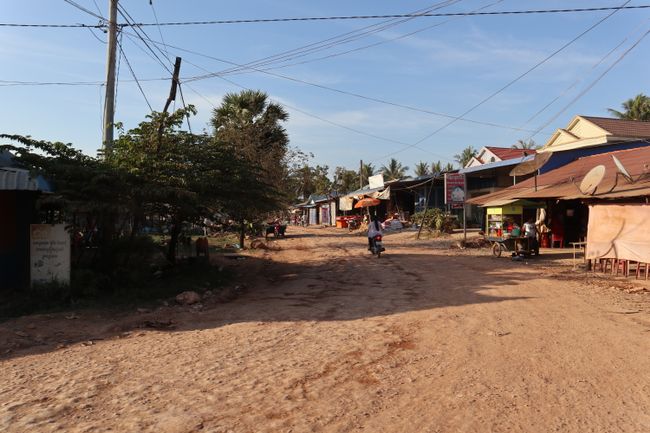
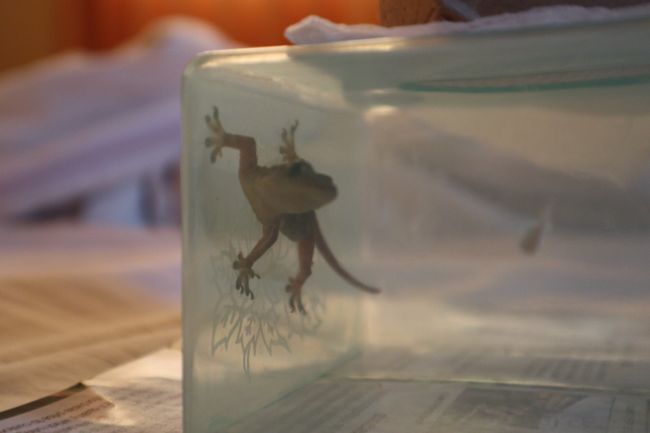
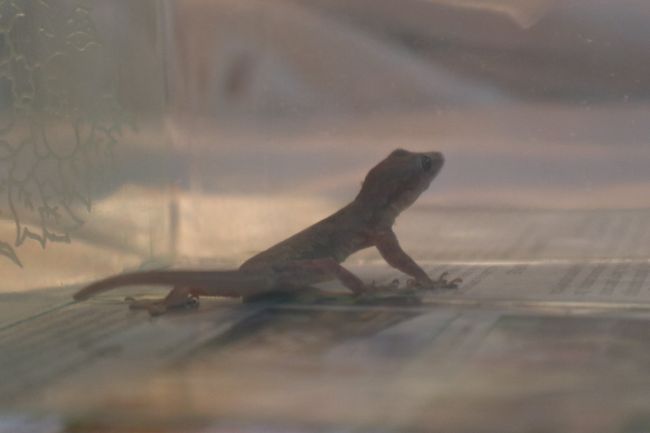
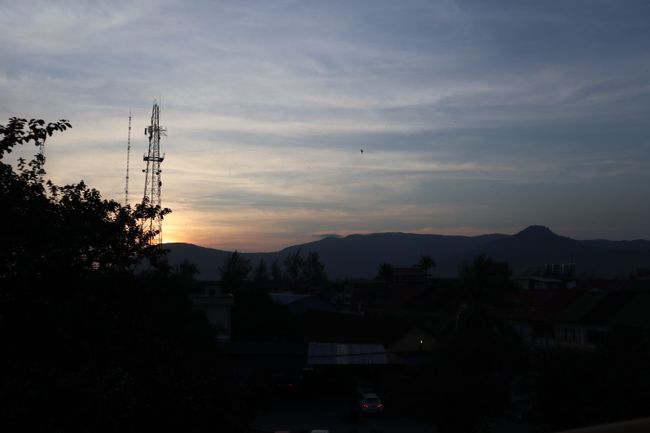
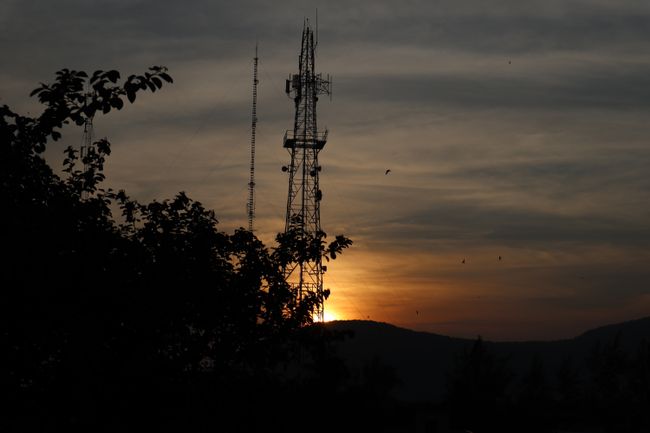
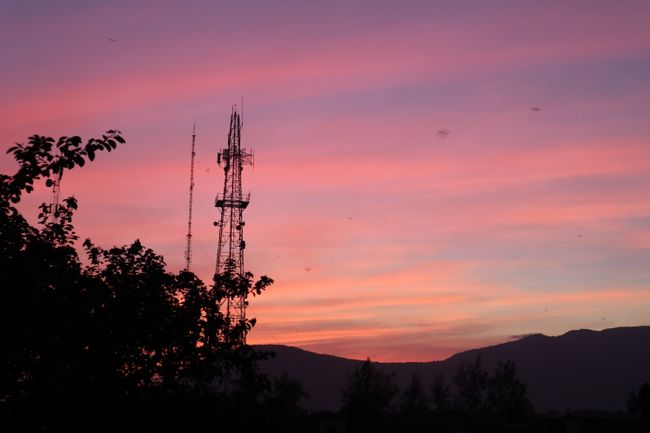
Пријавите се на билтен
16.02.2020
Today we want to check if pepper really grows in Kampot. For this, we visit the largest pepper farm in the region and take a free (!) guided tour followed by pepper tasting.
After breakfast at a local restaurant, we go to the plantation's information center in the city and book a tuk-tuk for the round trip. On the way there, we also plan to stop at the local salt fields and the Secret Lake. At the information center, we can also visit a pepper museum where we can admire, among other things, old pepper shakers and pepper tins.
At 12 o'clock, we will be picked up by a tuk-tuk driver who speaks relatively good English. The drive is very leisurely, and we are overtaken by several cars and trucks honking loudly on the highway. After about 15 minutes, we arrive at the salt fields, and the driver explains to us how the harvesting and working conditions there. The workers there earn only $5 for 2-3 hours of harvesting a salt field in the scorching sun. However, salt production in the region is declining because it is cheaper to produce salt elsewhere. In recent years, the salt cultivation areas have significantly decreased. The salt is obtained by evaporating saltwater. The water becomes very hot, which we also notice when we put our unsuspecting European fingers in it. The resulting salt crystals form very interesting, pea-sized shapes with seemingly straight edges and right angles. Very interesting.
We continue our journey after about fifteen minutes, this time through the countryside on a bumpy dirt road. Along the way, we can see the hinterland, far from the main road, and the houses and people living in very simple conditions as we pass by. Almost every house has half a dozen chickens and one or two cows. It is clear how big the differences in prosperity are between here and home. Our driver also shows us many fields along the way, where peanuts, for example, are grown. He tells us that he is also a rice and vegetable farmer himself.
After 20 minutes, we arrive at the Secret Lake. The Secret Lake is a reservoir that was built by the Pol Pot regime at the cost of many lives to store water for agriculture. It still serves this purpose today. Our driver tells us that the dam recently broke, and the land behind it was submerged knee-deep for several kilometers.
We continue driving and after another 10 minutes, we arrive at the La Plantation pepper farm. With sunny weather and temperatures around 33 °C, it is pleasantly warm. According to their own statements, the plantation combines pepper cultivation with a social project and is financed by a European couple. After waiting a bit in the welcome house, an Italian and we are guided through the plantation by a French guide (although he speaks English) of our age. During the half-hour tour, we are shown several plantings of pepper, dragon fruit, pineapple, lemongrass, bananas, and much more. Among other things, we have learned that all four pepper colors (green, black, red, white) can come from the same pepper vine. Because: green is the very fresh pepper, the black is the dried green pepper, the red is the pepper that has received a lot of sun, and the white is the peeled red pepper. Also interesting: each individual peppercorn is examined for quality with tweezers.
After the tour, we go back to the welcome house and start the pepper tasting. We try different types of pepper and blends of the famous Kampot pepper. We particularly like the green and black air-dried pepper. Additionally, there are various smoked pepper blends in the program.
We then take the opportunity to indulge in vanilla ice cream with red pepper. The combination is indeed very tasty! In the early evening, we make our way back home. Throughout our visit to the plantation, our tuk-tuk driver has been waiting for us in the driver's cab. On the way back, the driver tells us about the fields at various occasions and shows us his hometown as we pass through. The ride with the tuk-tuk on the dirt roads is a cool experience on one hand, but on the other hand, it is a relatively slow, dusty, and bumpy affair. Especially when we are overtaken by a truck.
After arriving at our hostel, we decline the driver's offer to take us to Kep tomorrow because it is twice as expensive as our planned transfer by minivan. After catching a stray lizard in the bathroom and releasing it into nature, we shower off the seventeen kilograms of dust from our bodies. Then we sit on the balcony with a cool Angkor beer and enjoy the sunset together with a Canadian geologist.
After dinner, we eventually go to bed at some point. Tomorrow ends our stay in Kampot, and we make our way to the fishing village of Kep, which is about 30 minutes away.
Пријавите се на билтен
Одговор (4)
Ursula
Wie sieht denn eine Pfefferverkostung aus?Ursula
Kampot gefiel mir bis jetzt irgendwie besonders gut.🙂Linda
Das war ja wirklich ein super Ausflug! Und klassse dass euer Fahrer so viel erzählen könnte. Perfekt :)Martin
Wie eine Pfefferverkostung aussieht? Man bekommt Pfefferkörnern oder gemahlenen Pfeffer und isst ihn ;)
Ja, Kampot hat uns auch gut gefallen!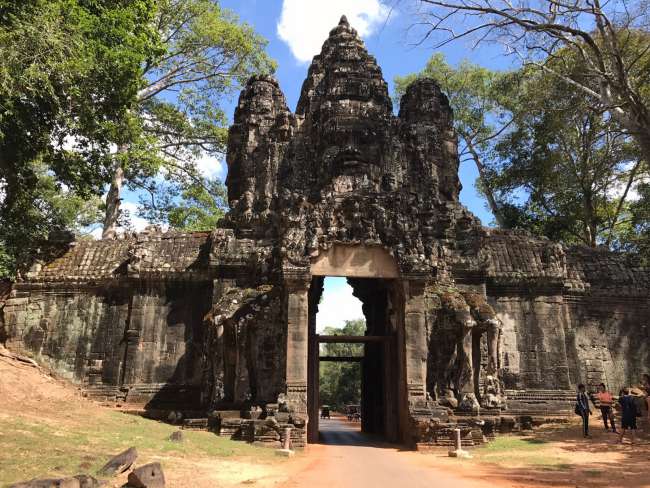
Извештаји о путовањима Камбоџа
